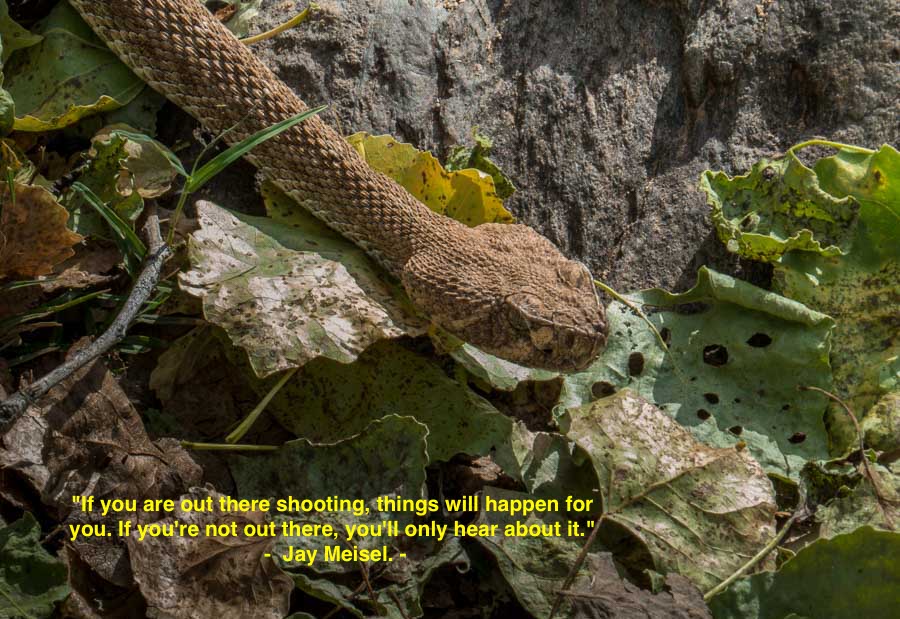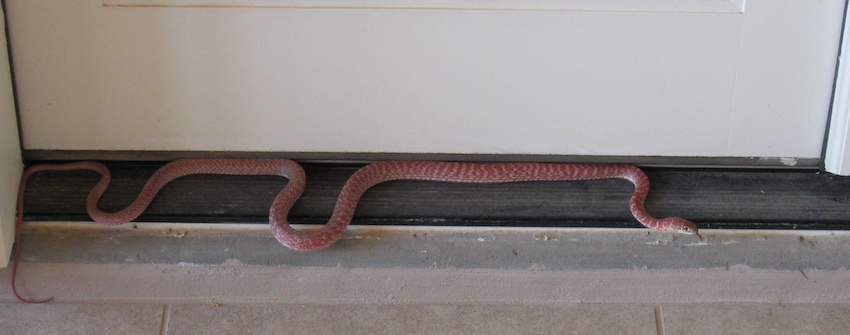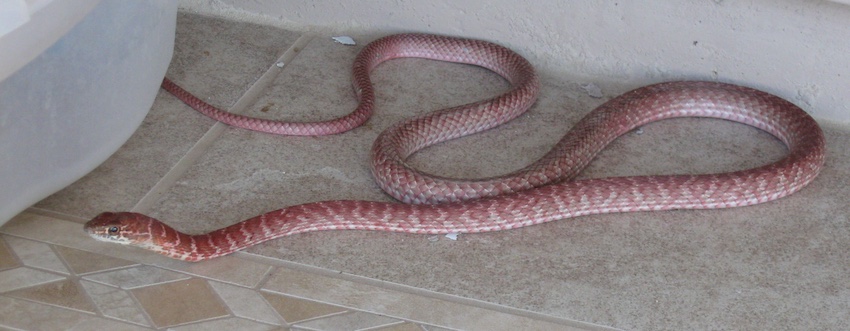Those who have been reading my blog for a while realize that I have a strong personal connection to nature. I am interested in other living things as well as a few that are not quite alive such as rocks. If I had it to do all over again, I would collect rocks. I have a few, but not many. Let me not digress.
As we hike along, I collect (via photographs) a record of the various species of insects, reptiles, birds, plants, etc. that we encounter. Some are new to me and some are found in unanticipated circumstances.
In our spring trip to Las Cruces, NM we encountered several interesting lizards and one snake. By way of sharing my interest in photographing these animals and the joy in the abundance and variety of nature, I am including several pictures below.
Many thanks to the Arizona Herpetological Association – AHA for their warm hospitality and support in helping me identify these specimens. I recommend their website and organization to anyone who is interested in southwest herpitology.*
Lets start with a popular lizard of which we saw many…
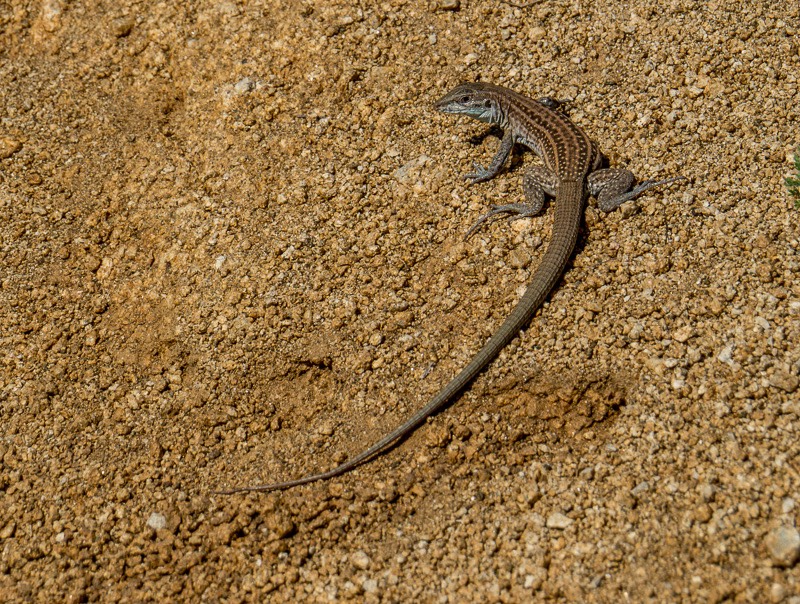
The Chihuahuan Spotted Whiptail (Aspidoscelis exsanguis)
This fellow was particularly interesting because of his “racing stripes” along his side. Adidas and Nike have nothing on him.

Greater Earless Male (Holbrookia elegans)
This female appeared to be obviously pregnant.
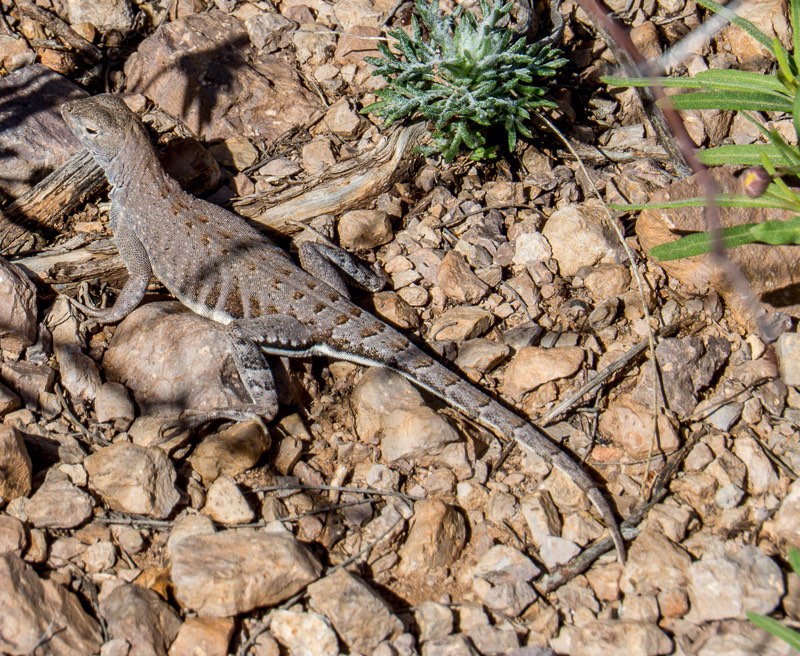
Greater Earless Female (Holbrookia elegans)
At quick glance, this looks like a pretty ho-hum specimen sitting on an ordinary rock, but…
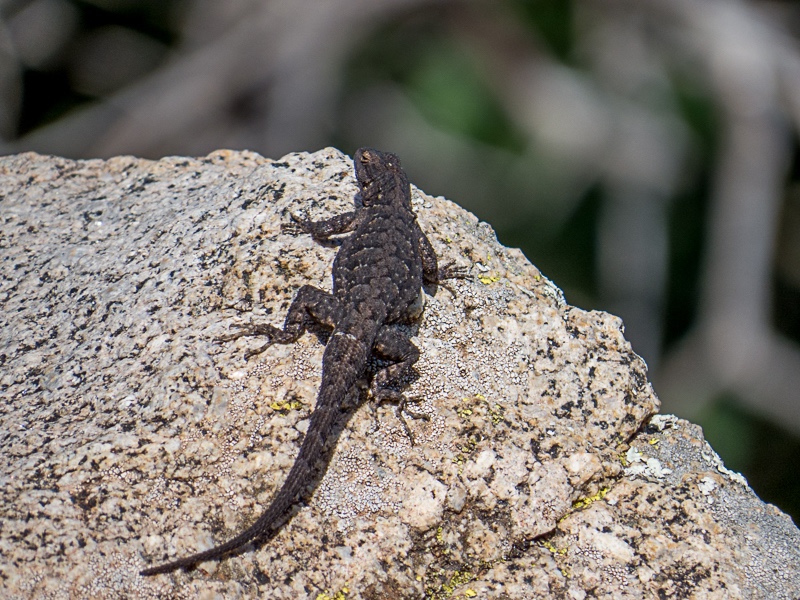
Ornate Tree Lizard (Urosaurus ornatus)
Look at that turquoise-like coloring under his chin and belly!
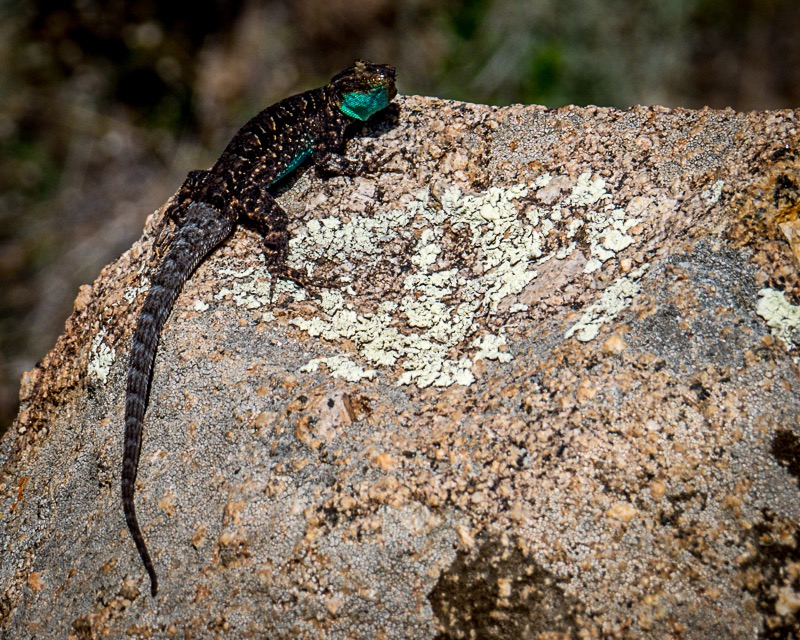
Ornate Tree Lizard (Urosaurus ornatus)
And let’s not forget a fellow we included in his own post here,
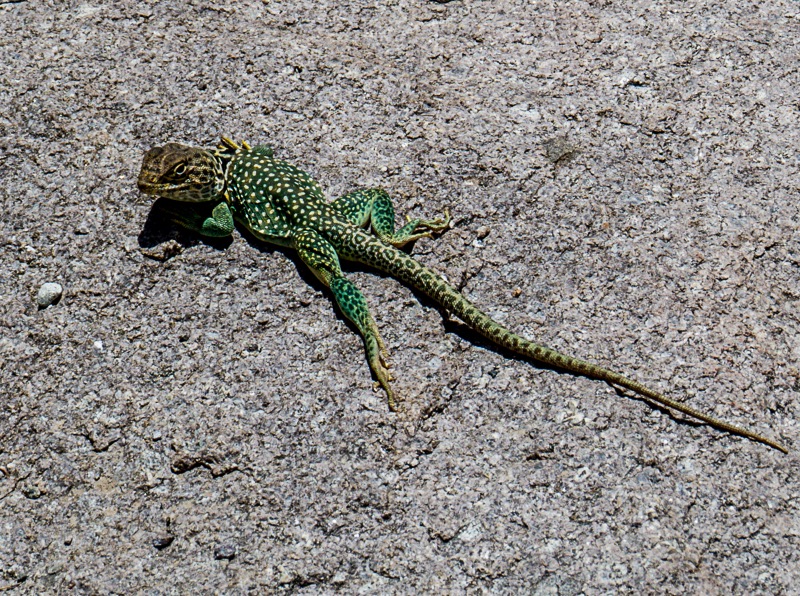
Eastern Collared Lizard (Crotaphytus collaris)
The only snake we encountered was an adventurous, long and thin Patch-nosed Snake.

Patch-nosed Snake (Salvadora hexalepis)
The markings on this specimen were quite nice; two colors of brown, one tan and one near chocolate in shade.

Patch-nosed Snake (Salvadora hexalepis) – close up
*If I have misidentified any of the reptiles in this post, please let me know and I will make the appropriate corrections.
.JBRish.com originally published this post
